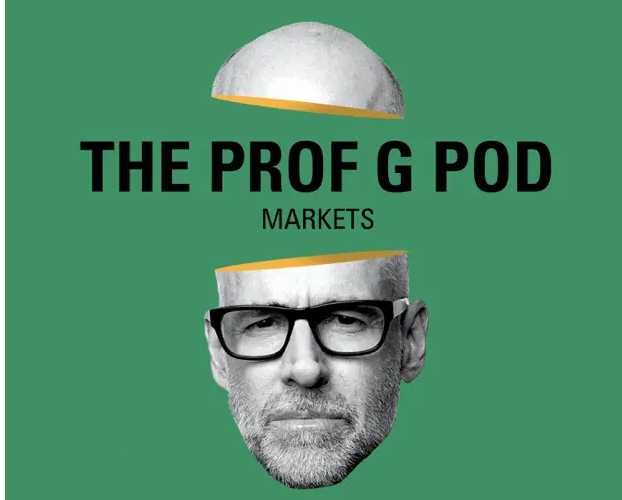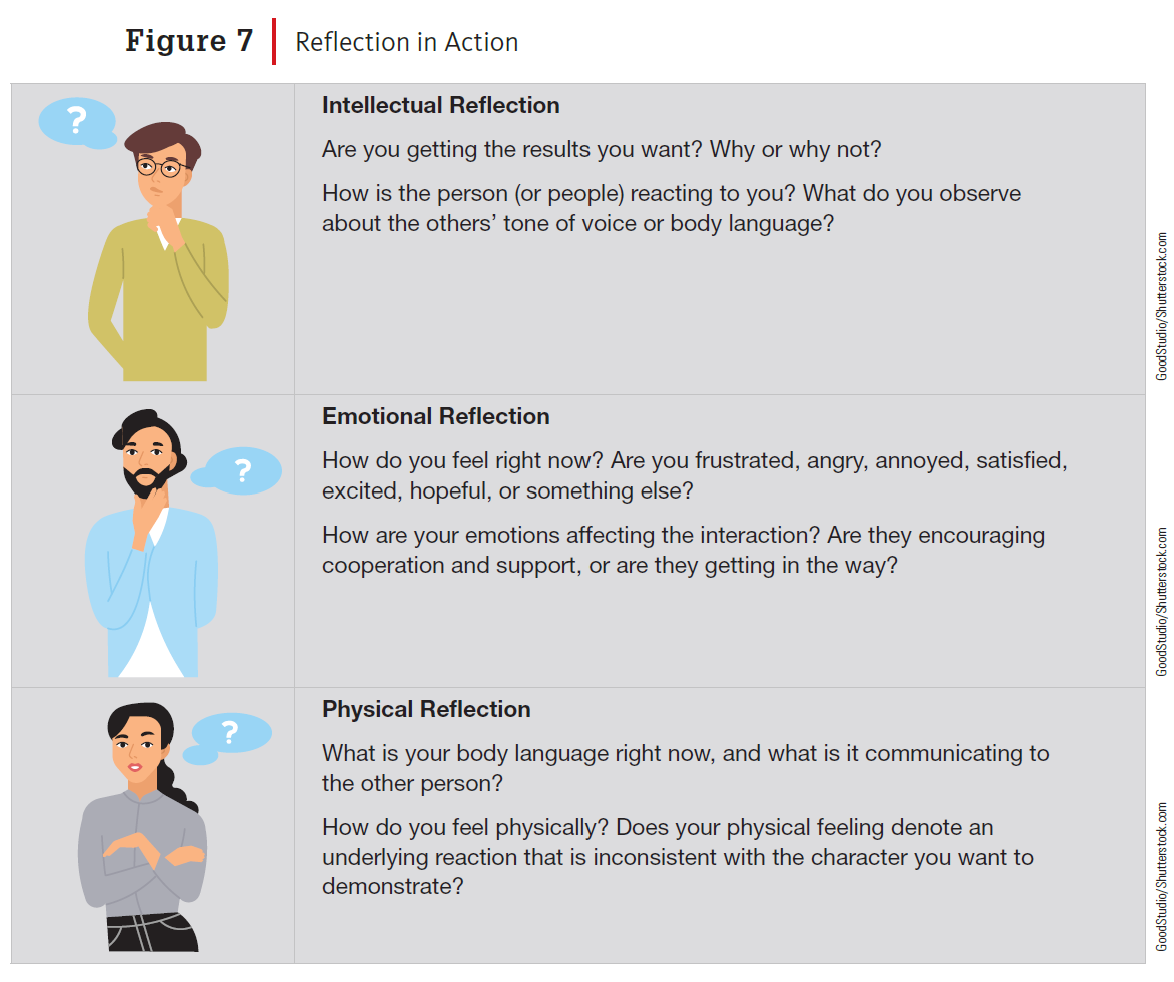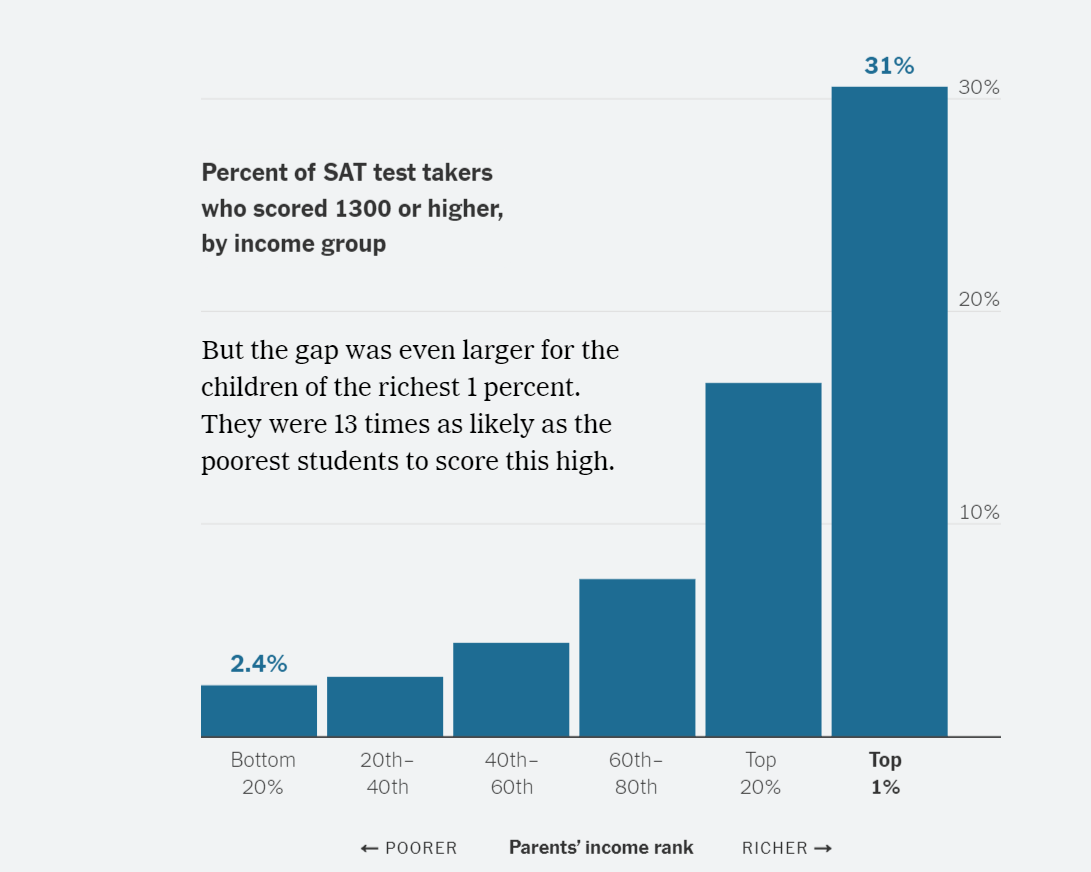WSJ’s Analysis of Spotify’s Layoff Email
/The Wall Street Journal analyzed Spotify’s layoff email announcing a 17% workforce cut—about 1,500 people. For the most part, comments align with what business communication faculty teach about writing bad-news messages.
Here are a few notes about the WSJ comments. Students could use these components to compare the four company messages the WSJ mentions—Amazon, Meta, and Salesforce in addition to Spotify’s.
Subject line: The WSJ is right that most of these emails have a subject line that sounds “innocuous”; all four have “update” in the title. (The Journal writer calls it a “title” because that’s what we see online, but to employees, it’s an email subject.) What’s more relevant about the use of “update” is the organizations’ reminder that bad news is coming. Layoffs should not be a surprise, and company leaders want all stakeholders to know that they have properly prepared employees.
When the news is broken: Older communication principles taught the indirect organization style for bad-news messages (with context/reasons first), but we have little evidence to support this structure, which tends only to make the writer feel better (for example, see Microsoft Layoff Email). In these four email examples, the news (including a workforce percentage) is clearest in the second paragraph. An interesting study would assess how quickly employees read the first paragraph, scanning for the bottom line.
Yet, the second paragraph is probably “upfront” enough given that the layoffs should be expected. But the news tends to come at the end of that second paragraph, an indirect paragraph structure in itself. In 2020, Airbnb CEO Brian Chesky broke rank and wrote in the first paragraph (albeit at the end): “today I have to share some very sad news.”
How context is explained: What’s interesting to me is whether the leader takes responsibility for the need to layoff, say, 17% of the workforce. I’m impressed by Marc Benioff’s accountability and humility (learning from mistakes) at Salesforce: “we hired too many people leading into this economic downturn we’re now facing, and I take responsibility for that.” Andy Jassy at Amazon admits, “we’ve hired rapidly over the last several years.” Mark Zuckerberg focuses on “efficiencies," leaving us to wonder where the inefficiencies came from. The Journal writer notes, “executive mea-culpa has become another staple of the layoff letter,” but I don’t see many as explicit as Benioff. Others point to changing conditions that were difficult to predict. Although that may be true, exuberant hiring was still a mistake, by definition, given the negative results. A leader could own it.
Balancing those leaving and staying: The Journal writer points out a difficult part of writing layoff memos—the tone for each group: “Executives want to acknowledge the contributions of the laid-off employees, while quickly then pivoting to explain why the company will be fine without them.” This is why one massive email to multiple audiences is an imperfect approach. But it’s probably best for consistent, timely, and transparent communication.
How people are affected: Let’s face it: what employees reading these emails care most about is, what about me? Spotify is clear about what to expect next: “If you are an impacted employee, you will receive a calendar invite within the next two hours from HR for a one-on-one conversation.” A tech, rather than a personal, contact isn’t great, but, again, it’s best for quick, consistent communication.
Compensation and benefits for people leaving: I used to think this was inappropriate to include in layoff emails sent to people not affected, but I’ve warmed up to the idea. Now that these emails are made public, the company needs to assure all stakeholders that they are being fair, if not generous. Spotify received accolades for its process from people like Dave Lehmkuhl, whose LinkedIn post got more than 57,000 likes so far.
Jargon: The Journal writer jokes, “Ding, ding, ding: If you had ‘right-sized’ on your corporate-layoff-memo bingo card, you’re a winner.” Students will find other jargon in these emails, but not an abundance of it. CEOs and their writers want to avoid the likely ridicule.
Rallying those remaining: Does that last email section describe a place where those left behind want to work? Ending on a positive note is critical, particularly if the message is public for shareholders and consumers to read. But only the primary audience, employees, can answer the question—and perhaps only in a year from now will they know for sure.




















